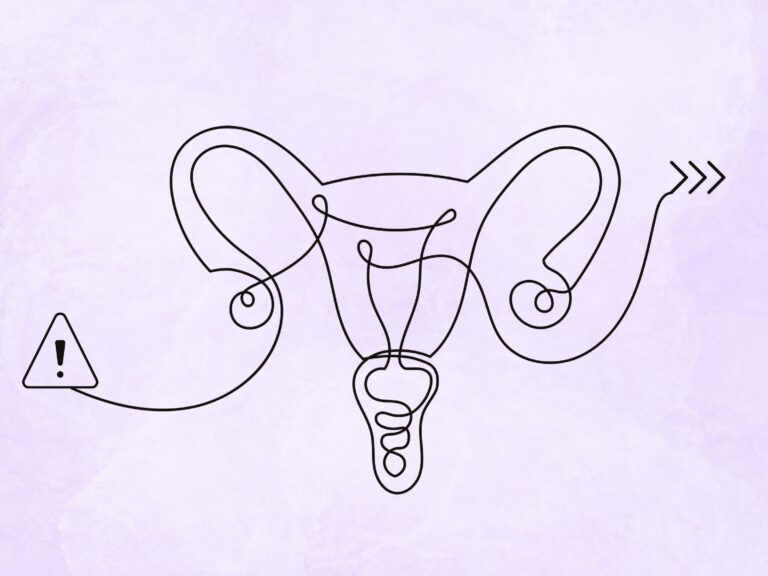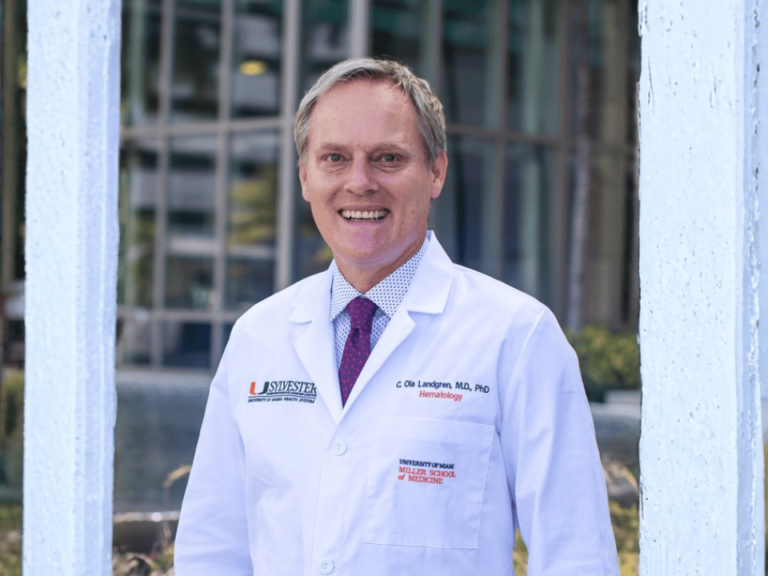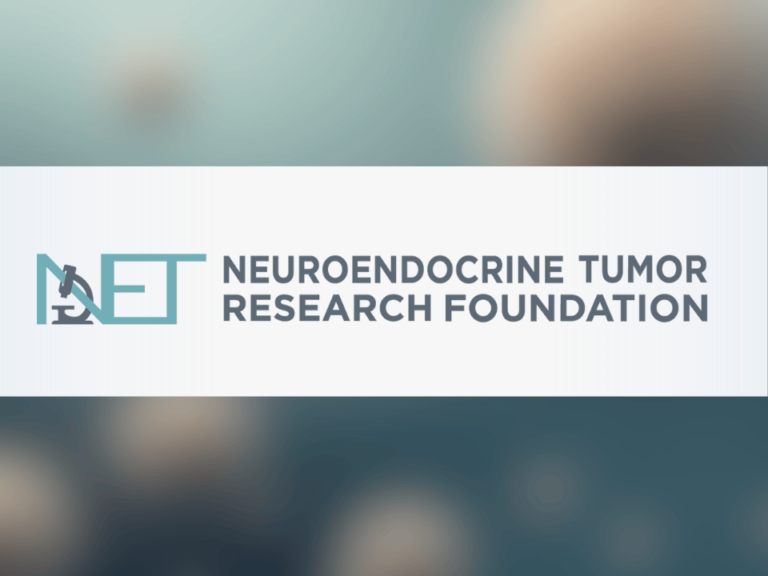November is Lung Cancer Awareness Month, a time to turn our attention to an issue that already warrants our focus year-round.
Lung cancer is a leading cause of cancer death in nearly every country on earth. In the United States alone, someone is diagnosed every two minutes, and every four minutes someone dies from this disease. But too often these fatalities aren’t the product of terminal illness—they’re preventable deaths caused by financial strain.
Over the last two decades, we’ve witnessed a realization of the goal of precision medicine in oncology, and thoracic oncology has been a crucial proving ground for new technologies and powerful, targeted therapeutics. These new therapies often offer enormous promise for patients who can access them—but in too many cases, the price of specialty drugs undermines that promise.
Basic market principles dictate that as we get better at producing something, prices should fall. That’s not happening here.
Unfortunately, the potential impact of these advances is limited by their cost and, ultimately, limits access to them. In 2000, a “standard” course of chemotherapy and some palliative radiation therapy for metastatic non-small lung cancer would cost approximately $56,000 over six months. Since then, we’ve been fortunate to see a decline in mortality and many with lung cancer are living longer due to these targeted therapy options.
But the average cost of these treatments can net out at nearly $250,000 annually for those people able to afford them–an obvious barrier in the choice for the hope of extending survival. So, it’s not surprising that a 2011 report found that lung cancer leads all other cancers, and all other malignancies, in causing people to declare bankruptcy.
Cost kills—literally. Studies have consistently found strong links between high out-of-pocket costs and treatment abandonment. When copays exceed $250, nearly 70 percent of patients stop filling their prescriptions. Financial insolvency is a proven risk factor for early mortality among cancer patients, and a recent report found the lung cancer mortality rate was 16.5% higher among residents of the poorest U.S. counties when compared to those in the most affluent ones.
While soaring prices aren’t responsible for most of the 135,720 American lives that the American Cancer Society expects will be lost to lung cancer this year, they’re undeniably responsible for some. Whatever that number is, it’s too many.
Therefore, this month, when we talk about lung cancer awareness, we can’t just focus on breakthrough technologies and miracle treatments—we must commit ourselves to ensuring that those medical marvels become more affordable. We need a better way forward.
Cost kills—literally. Studies have consistently found strong links between high out-of-pocket costs and treatment abandonment.
Radically reducing prices at the pharmacy will require a surgical tool: targeted competition. Many policymakers are discussing federal regulation as a way to bring down the price of drugs, but this is a blunt instrument. Competition can be more effective.
That’s the premise on which EQRx was founded: one of developing lower-cost, novel alternatives to compete with some of the most expensive drugs on the market with a mission to re-engineer the pharmaceutical process—reducing the cost of drug discovery, reimagining the drug delivery chain, and reforming the pricing model—at scale as a market-based disruptor.
To that end, we’ve just added two innovative checkpoint inhibitors (CPIs)—key tools in the arsenal against lung cancer—to our growing pipeline of novel therapies: a PD-L1 antibody, sugemalimab, and a PD-1 antibody, CS1003. Both are exceptional candidates from CStone Pharmaceuticals, with demonstrated efficacy and safety in various solid tumors and hematologic cancers, including non-small cell lung cancers.
CPIs—among other immunotherapies—are becoming the standard of care and the backbone for combination therapies for many cancer types of advanced cancer. But only when people can afford them. With this in-licensing agreement, we’re getting one step closer (or, technically, two) to addressing the well-established, often deadly cost burden of lung cancer.
We are doubling down on our commitment to addressing the established high cost burden associated with precision medicine-driven therapies, particularly for the treatment of lung cancer. This news comes on the heels of our recent in-licensing of almonertinib, a molecule that targets non-small-cell lung carcinomas with EGFR sensitizing mutations—a predictive biomarker present in nearly 20 percent of all non-small cell lung cancers.
These steps are just the beginning of our efforts to change the pricing of life-saving drugs. The soaring cost of such drugs is one of the great crises of our time—one we should be working to address all year, every year. In the past, lung cancer has been a source of immense oncological learning, and now, it offers another opportunity to prove a key concept: reducing drug prices by competing on cost.
This kind of innovation could save untold lives each year, bringing us into a new era of medicine—one in which patients can worry less about paying, and focus more on healing.












